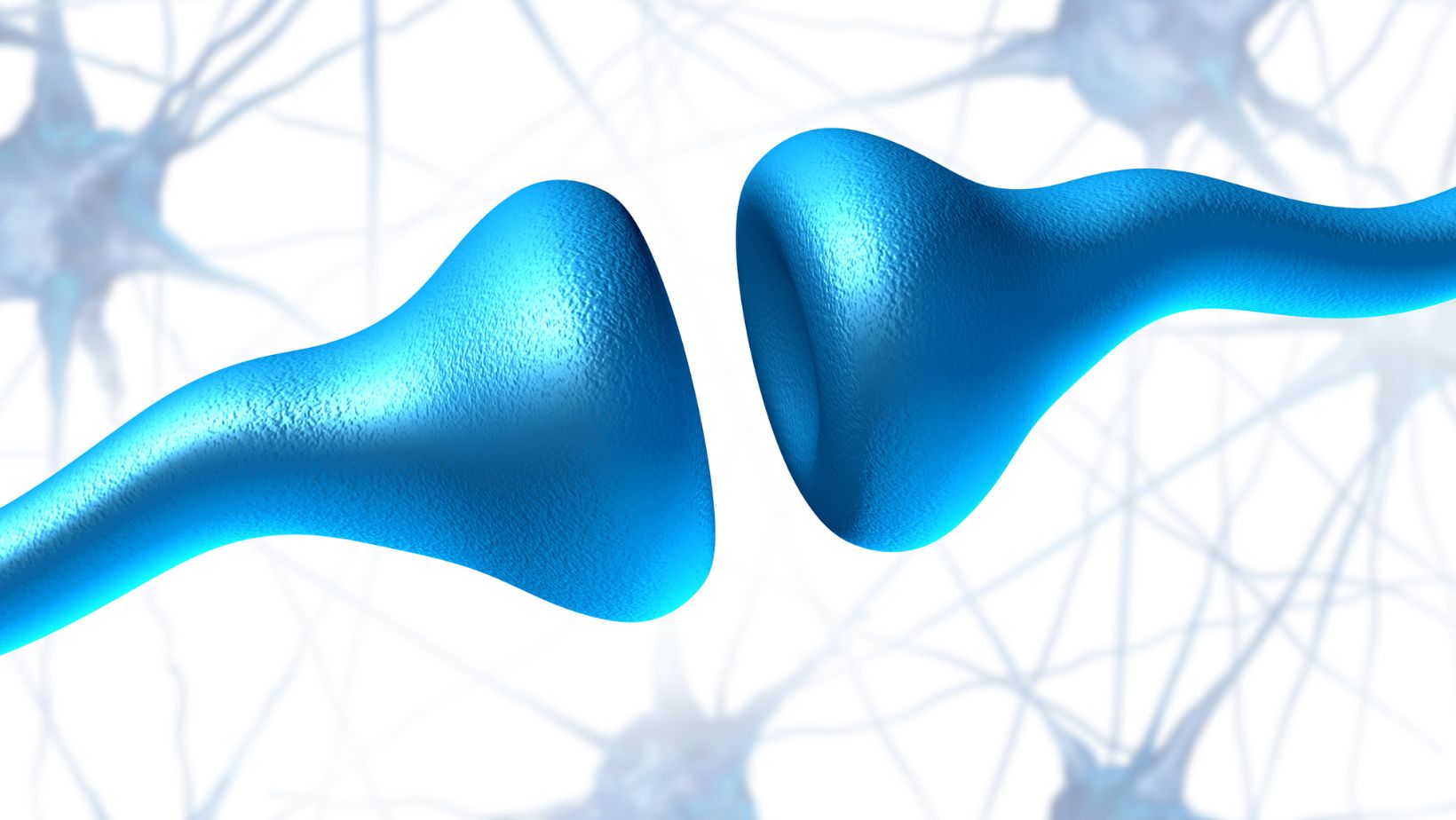In the ever-advancing field of diabetes management, personalized care and precise attention to detail have become the cornerstones of effective treatment. To achieve optimal outcomes, understanding the various medications available to manage type 2 diabetes is vital.
Two commonly prescribed drugs, Trulicity and Metformin, have gained popularity among clinicians and patients alike for their unique benefits and mechanisms of action. While both drugs help to control blood sugar levels, they operate differently, offering distinctive advantages depending on the patient’s needs.
This article will delve into the details of taking Trulicity and Metformin, comparing and contrasting their specifics to help unravel the complexities of diabetes care. Let’s dive in.
Metformin: A Cornerstone in Diabetes Treatment
Metformin, a first-line medication for type 2 diabetes, has been a stalwart in diabetes treatment for decades. It belongs to the biguanide class of medications and is known for its efficacy, safety profile, and versatility. Metformin primarily works by reducing glucose production in the liver, enhancing insulin sensitivity, and decreasing the absorption of glucose from the intestines.
One of the key advantages of Metformin lies in its low risk of hypoglycemia, a potentially dangerous drop in blood sugar levels. By addressing insulin resistance and improving glucose utilization, Metformin helps control blood sugar levels without causing an excessive drop that can be seen with some other diabetes medications.
Beyond its glycemic control benefits, Metformin has demonstrated positive effects on cardiovascular health, making it a valuable asset in the management of diabetes-related complications. Additionally, some individuals experience modest weight loss as a side effect, which can be advantageous for those with obesity-related type 2 diabetes.

Trulicity: Tapping Into The Power of GLP-1 Receptor Agonists
Trulicity, on the other hand, is part of a newer class of diabetes medications known as GLP-1 receptor agonists. Its active ingredient, dulaglutide, mimics the actions of glucagon-like peptide-1 (GLP-1), a hormone that stimulates insulin release, inhibits glucagon secretion, and slows gastric emptying.
The once-weekly dosing schedule sets Trulicity apart, providing a convenient and effective option for individuals who may find adherence challenging with daily medications. This sustained-release mechanism contributes to continuous glycemic control throughout the week, reducing the peaks and valleys often associated with daily medications.
In addition to its primary role in glycemic control, Trulicity has shown cardiovascular benefits, making it a valuable option for individuals with diabetes and an increased risk of cardiovascular complications. The positive impact on weight is another noteworthy aspect, as some individuals experience weight loss while using Trulicity.

Comparative Analysis: Trulicity vs. Metformin
- Mechanism of Action:
- Metformin: Targets insulin resistance, decreases glucose production in the liver, and improves insulin sensitivity.
- Trulicity: Mimics GLP-1 to stimulate insulin release, inhibit glucagon secretion, and slow gastric emptying.
- Dosing Schedule:
- Metformin: Typically taken daily, often with meals.
- Trulicity: Administered once a week, offering a convenient dosing schedule.
- Administration:
- Metformin: Available in oral tablet or liquid form.
- Trulicity: Administered via subcutaneous injection, commonly in the abdomen or thigh.
- Hypoglycemia Risk:
- Metformin: Low risk of hypoglycemia.
- Trulicity: Low risk of hypoglycemia, particularly when used as a monotherapy.
- Weight Effects:
- Metformin: Modest weight loss may occur.
- Trulicity: Some individuals may experience weight loss.
- Cardiovascular Benefits:
- Metformin: Associated with cardiovascular benefits.
- Trulicity: Demonstrated cardiovascular benefits in clinical trials.
- Side Effects:
- Metformin: Gastrointestinal side effects (e.g., nausea, diarrhea) are common.
- Trulicity: Gastrointestinal side effects are possible, but the once-weekly dosing may improve tolerability.
- Indications:
- Metformin: Often prescribed as a first-line treatment for type 2 diabetes.
- Trulicity: Considered when additional glycemic control is needed, particularly for those unable to achieve target levels with Metformin alone.
Choosing The Right Medication: A Personalized Approach
The choice between Trulicity and Metformin—or a combination of both—is not one-size-fits-all. Healthcare providers carefully consider individual factors, including the patient’s medical history, lifestyle, preferences, and specific diabetes management goals.
- For Initial Therapy:
- Metformin is frequently recommended as the initial therapy for type 2 diabetes due to its safety, efficacy, and long-standing track record. Its low risk of hypoglycemia makes it a suitable choice for a broad range of individuals.
- When Additional Glycemic Control is Needed:
- Trulicity may be considered when additional glycemic control is necessary. Its once-weekly dosing and cardiovascular benefits make it a valuable addition, especially when individuals struggle with daily medication adherence.
- Combination Therapy:
- Some individuals may benefit from a combination of Trulicity and Metformin. This approach capitalizes on the complementary mechanisms of action, providing a more comprehensive strategy for glycemic control.


